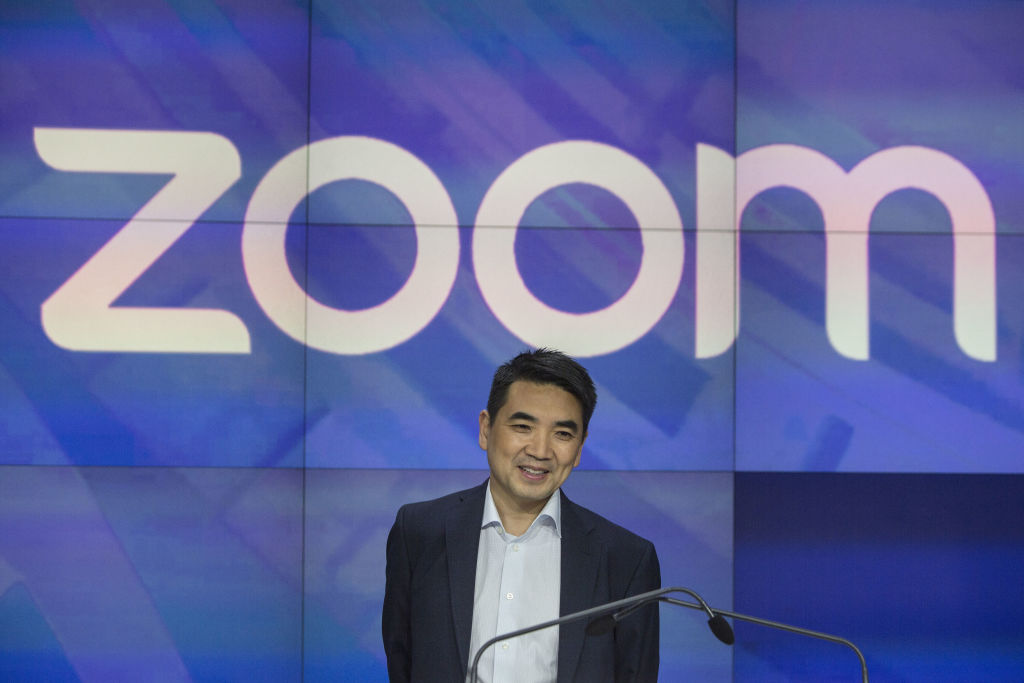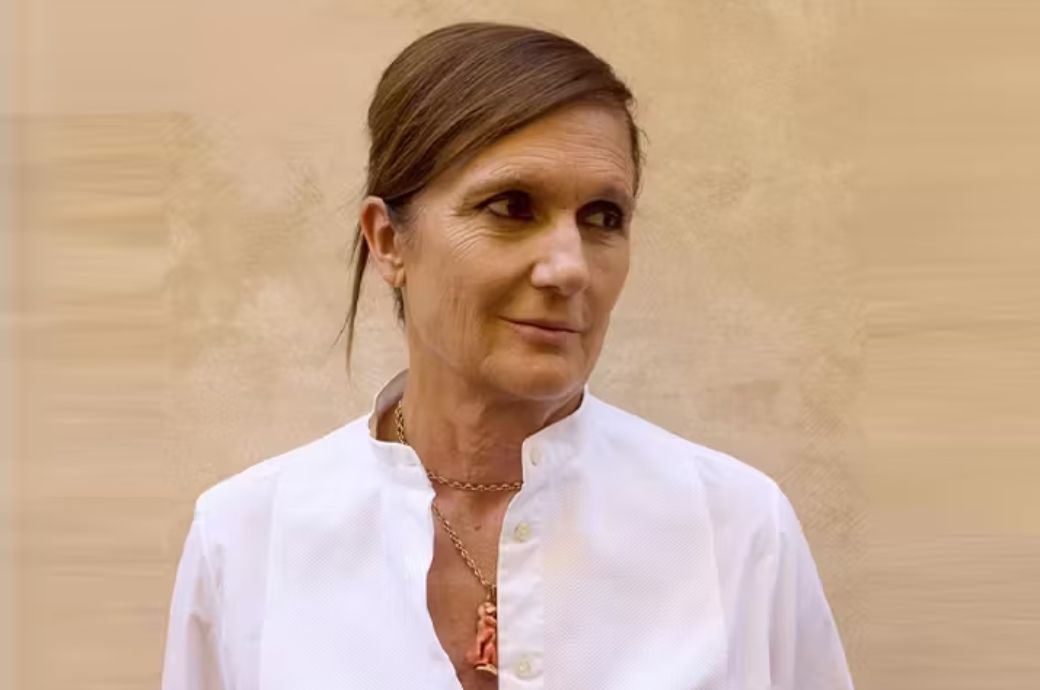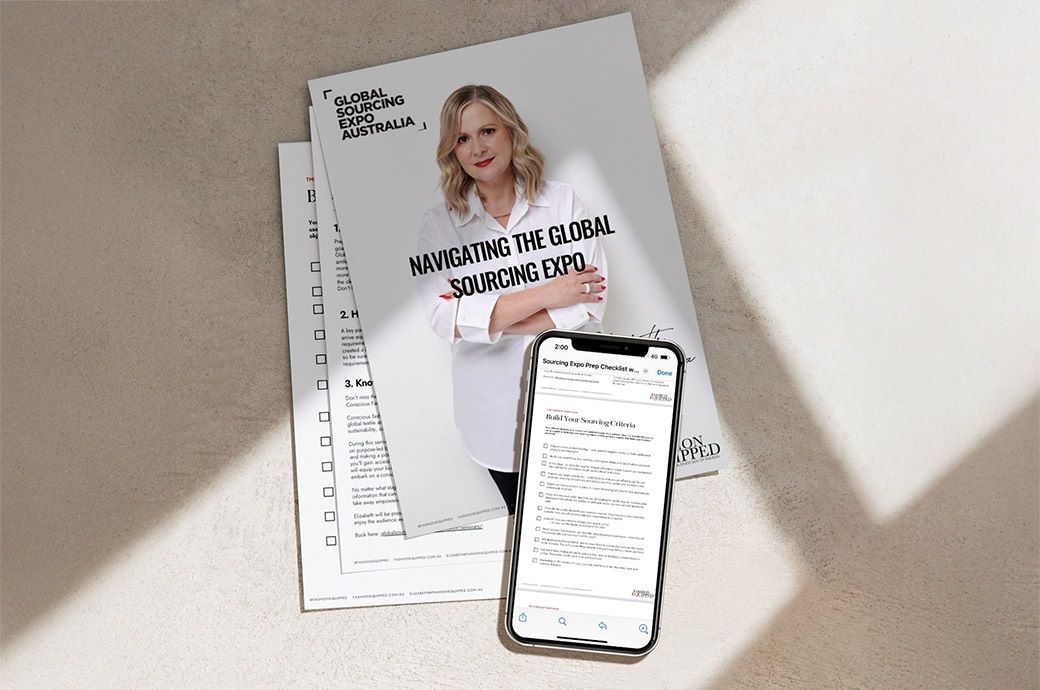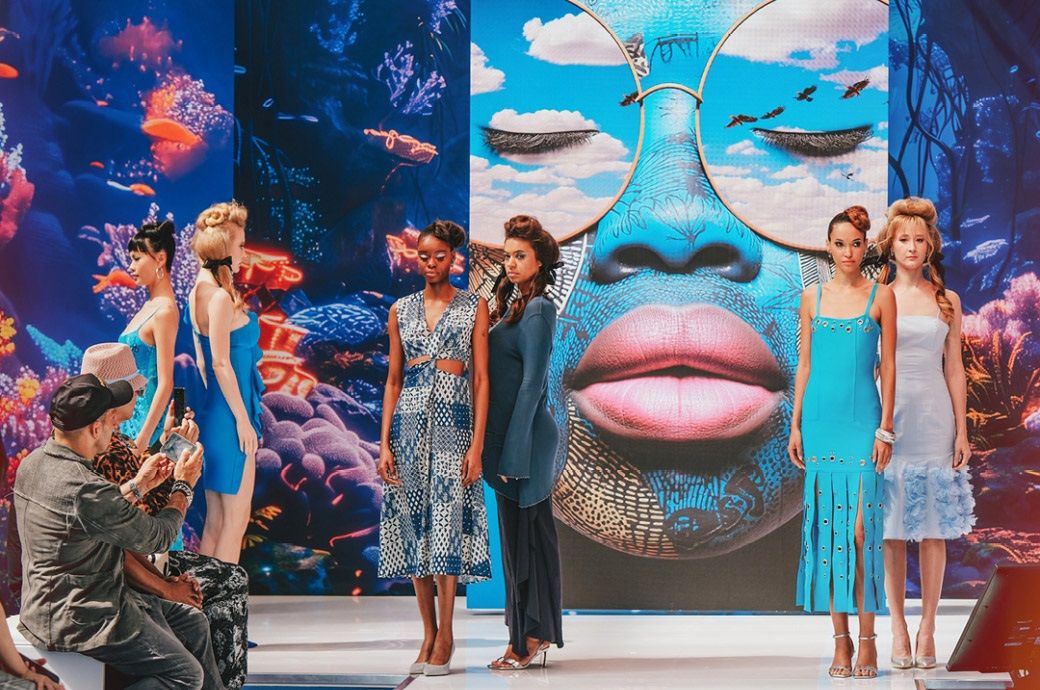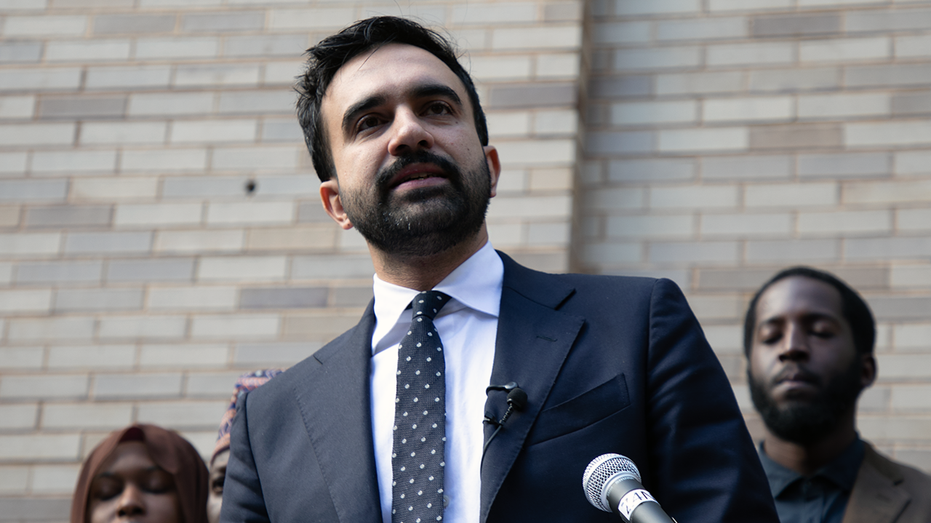The big divide in American news consumption is less about “left vs. right” than “active vs. passive”

It’s an idea I first remember encountering in a 2008 Brian Stelter story in The New York Times. An unnamed college student, asked in a focus group to describe their information consumption habits, explained why they don’t put much effort into seeking out news: “If the news is that important, it will find me.”
That orientation has driven one of the most important fractures in today’s media landscape. Not the divide between left and right — the divide between people who seek out news and those who let it occasionally bump into them.
A new study from the polling company Global Strategy Group tries to estimate the scale of the phenomenon. Based on 12,000 interviews with registered voters, it divides Americans into two groups, active news consumers and passive news consumers. (They were each asked: “Which of the following best describes how you get news about things like current events and politics?” The options: “I seek out news” or “News comes to me.”)
The good news for journalists: Active news consumers have the lead! But it’s no blowout: 59% of those surveyed said they actively seek out news, versus 41% who rely on occasional osmosis-by-feed. Based on voters’ answers to other questions, GSG determined what characteristics were more or less likely to make someone active or passive. These groups of people, for instance, were more likely to be active news consumers:
MSNBC viewers: 72% active
CNN viewers: 71%
Seniors (65+): 69%
Daily Twitter users: 69%
Strong Democrats: 67%
White college grads: 67%
Fox News viewers: 66%
White collar workers: 66%
MAGA Republicans: 64%
Note that the political left and right are both represented. Meanwhile, these groups were less likely to be active news consumers:
Gen Z: 56% active
Rarely watches live TV: 55%
Women (18-54): 54%
Independents: 53%
No COVID vaccine: 50%
Non-MAGA Republicans: 50%
Non-college women: 49%
Moderates: 49%
Service industry workers: 48%
You won’t be surprised to learn that passive news consumers also tend to be more passive citizens. Active news consumers were more than twice as likely to be “very engaged” with politics than passive news consumers. Actives were also about 70% more likely than passives to frequently try to verify information they come across online.
Still, while the scale of online news consumption differs among the groups, their behavior online shares a lot of commonalities. Actives and passives use the same social platforms in roughly the same amount, with variations between the groups all less than 5 percentage points. (Well, with one exception: 28% of actives use Twitter at least weekly versus 19% of passives.) The only platforms more popular among passive news consumers were TikTok and Snapchat, though that can probably be attributed to their younger user bases.
What's Your Reaction?
 Like
0
Like
0
 Dislike
0
Dislike
0
 Love
0
Love
0
 Funny
0
Funny
0
 Angry
0
Angry
0
 Sad
0
Sad
0
 Wow
0
Wow
0













